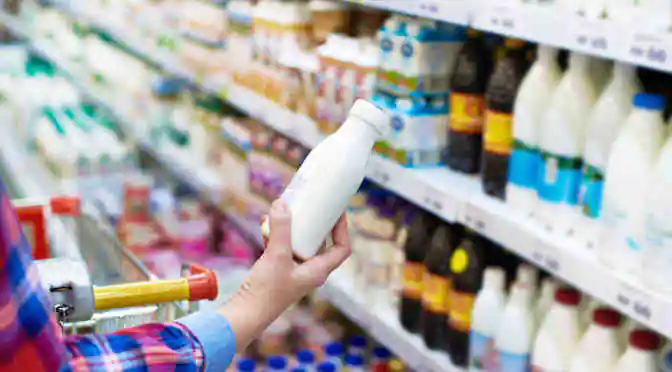Having a baby expands your vocabulary in unexpected ways—suddenly words like Baby Bee, Chicco, and Mothercare become an essential part of daily life, and hand-me-down knowledge and cautionary tales are passed in droves to new parents.
And now, new technology is making life easier for parents, especially when it comes to buying baby products. This has made the baby products industry highly profitable, thanks to the large number of customers returning for repeat purchases (after all, you can never have enough diapers).

Source: Technavio, 2015
According to Technavio analysts the global baby products market, which includes baby powder, shampoo and conditioners, diapers, baby bottles, bottle sterilizers, travel bags, and strollers and prams, will likely see strong growth over the next four years.
This growth comes amidst declining birthrates in western economies. In 2010, childless couples accounted for nearly 27% of all households in the US, and according to the Center for Disease Control and Prevention, fertility rates in the US reached a record low of 63 births per 1,000 women in 2012.
Despite these shrinking birthrates, the global baby health and personal care market is expected to increase its total revenue to more than $158 billion in the next four years. Most of the demand in this segment is expected to come from emerging economies like China and India. High populations and rapid urbanization in these areas will help the market to grow exponentially over the next few years.
The diaper wars: Pampers Vs Huggies
Baby diapers are the most sought after baby product globally. Although disposable diapers have long dominated the market, Technavio’s analysts expect biodegradable diapers to gain popularity as more and more consumers become environmentally conscious. Some of the popular brands in this market are Huggies, Pampers, Libero, and MamyPoko.
Source: Technavio, 2015



